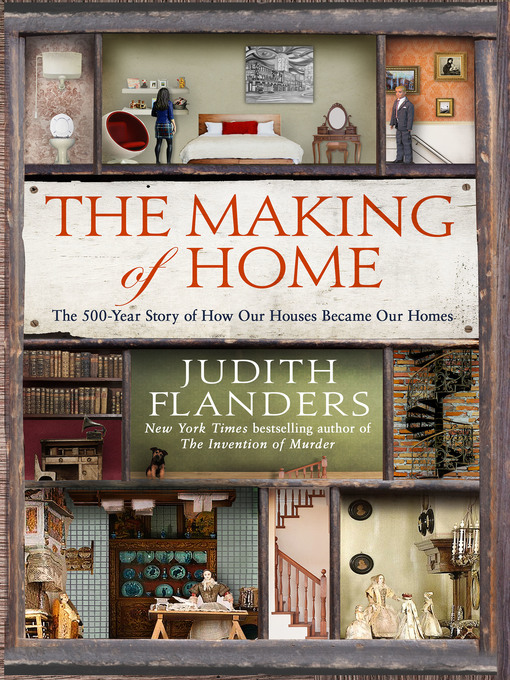The idea that 'home' is a special place, a separate place, a place where we can be our true selves, is so obvious to us today that we barely pause to think about it. But, as Judith Flanders shows in her best and most ambitious work to date, "home" is a relatively new idea.
In The Making of Home, Flanders traces the evolution of the house from the sixteenth to the early twentieth century across northern Europe and America, showing how the homes we know today bear only a faint resemblance to homes though history. What turned a house into the concept of home? Why did northwestern Europe, a politically unimportant, sociologically underdeveloped region of the world, suddenly became the powerhouse of the Industrial Revolution, the capitalist crucible that created modernity? While investigating these important questions, Flanders uncovers the fascinating development of ordinary household items—from cutlery, chairs and curtains, to the fitted kitchen, plumbing and windows—while also dismantling many domestic myths.
In this prodigiously researched and engagingly written book, Flanders brilliantly and elegantly draws together the threads of religion, history, economics, technology and the arts to show not merely what happened, but why it happened: how we ended up in a world where we can all say, like Dorothy in Oz, "There's no place like home."
- Available now
- New audiobook additions
- Most popular
- Audiobooks for the Whole Family
- Great Narrators
- See all audiobooks collections

